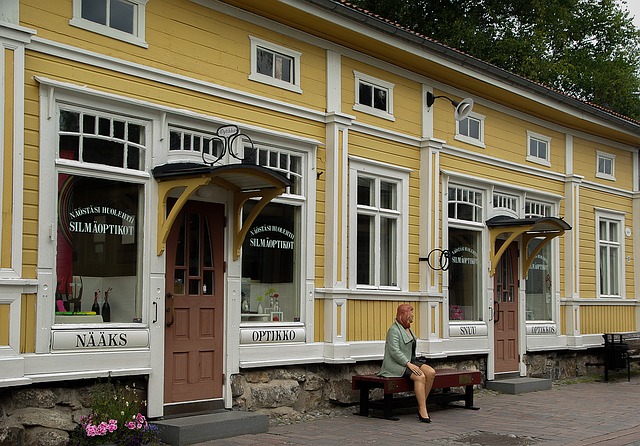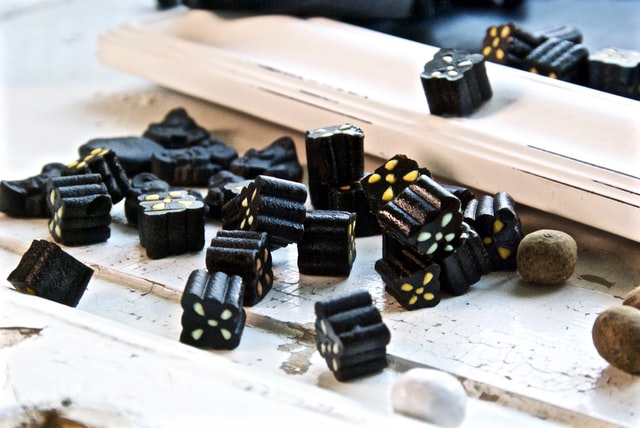Rauma: The third oldest town in Finland

Rauma was founded in 1442 and is the third oldest town in Finland. The old part of the town is registered as a World Heritage site. The pastel-colored streets are breathtakingly beautiful. However, the name Rauma is hardly known, and only a few people visit on vacation.
Therefore, here I would like to introduce the town of Rauma to you in detail. Please read on if you are interested in Rauma, one of Finland’s hidden gems.
What is Rauma?

Rauma is a small town with a population of about 40,000, located 200 km northwest of Helsinki, the capital of Finland. Rauma is an ancient town founded in 1442. It is the third oldest town in Finland. Incidentally, the oldest town in Turku and the second oldest is Porvoo.
Rauma has long been a port town, and its primary industries were shipbuilding and lace. After World War II, the primary industry shifted to the industrial sector.
The Old Town of Rauma, a World Heritage Site
Rauma is famous for its central area, a collection of medieval wooden buildings. The entire central area is called the “Old Town of Rauma.” The Old Town is a historic area that preserves the town’s founding in 1442. The old town is a medieval-style town with neo-Renaissance architecture.
The old town of Rauma covers an area of only 0.3 k㎡. However, there are about 600 wooden houses in this area. The Old Town Hall, located in the city’s center, also houses historical documents and artifacts that chronicle Rauma’s centuries-long history.
In the northern part of Old Rauma is a stone church built in the late 15th century. It was first built as a monastery church, but it was sealed off during the Reformation in the 16th century. After that, they changed it to an evangelical etheric church.
The Old Town of Rauma, with its numerous historic buildings and streets, was registered as a UNESCO World Heritage Site in 1991 in recognition of its value.
Old Rauma features beautiful wooden houses

The wooden architecture of the Old Town of Rauma is synonymous with the city. The pastel-colored scene is a picturesque worldview wherever you look.
There are many theories as to why the buildings in Rauma are so colorful. One of the most popular theories is that the colors were chosen to stand out on the exterior so that sailors returning to Rauma after a long voyage would easily recognize their homes.
The wooden houses in the old town are registered as a World Heritage site, and about 600 residents still live there. In addition, they are used as stores selling souvenirs and sundries and as restaurants.
Moreover, most of the town of Rauma was destroyed by great fires in 1640 and 1682, and the buildings were subsequently rebuilt in the Neo-Renaissance style. Therefore, most of the existing wooden buildings date from the 18th century.
Bobbin lace, a traditional craft
Rauma has flourished in the lace industry since the 18th century, and bobbin lace, a type of knitting, is a traditional craft in the town. Bobbin lace is so beautiful that it is also known as the “jewel of thread.” The price is high because of the complex skills required to weave it.
Born at the end of the 18th century, bobbin lace was so popular that it was imported to Finland and other countries because of its beautiful patterns, delicately woven down to the smallest detail. Even today, bobbin lace is a representative craft of the town of Rauma, and exhibitions are frequently held.

Conclusion
Rauma is located on Finland’s west coast and is the third oldest town in the country. The Old Town of Rauma is registered as a World Heritage Site, but due to its low publicity, it is a hidden spot that few Japanese people visit for sightseeing.
If you want to know about a unique place in Finland, Rauma is highly recommended.




